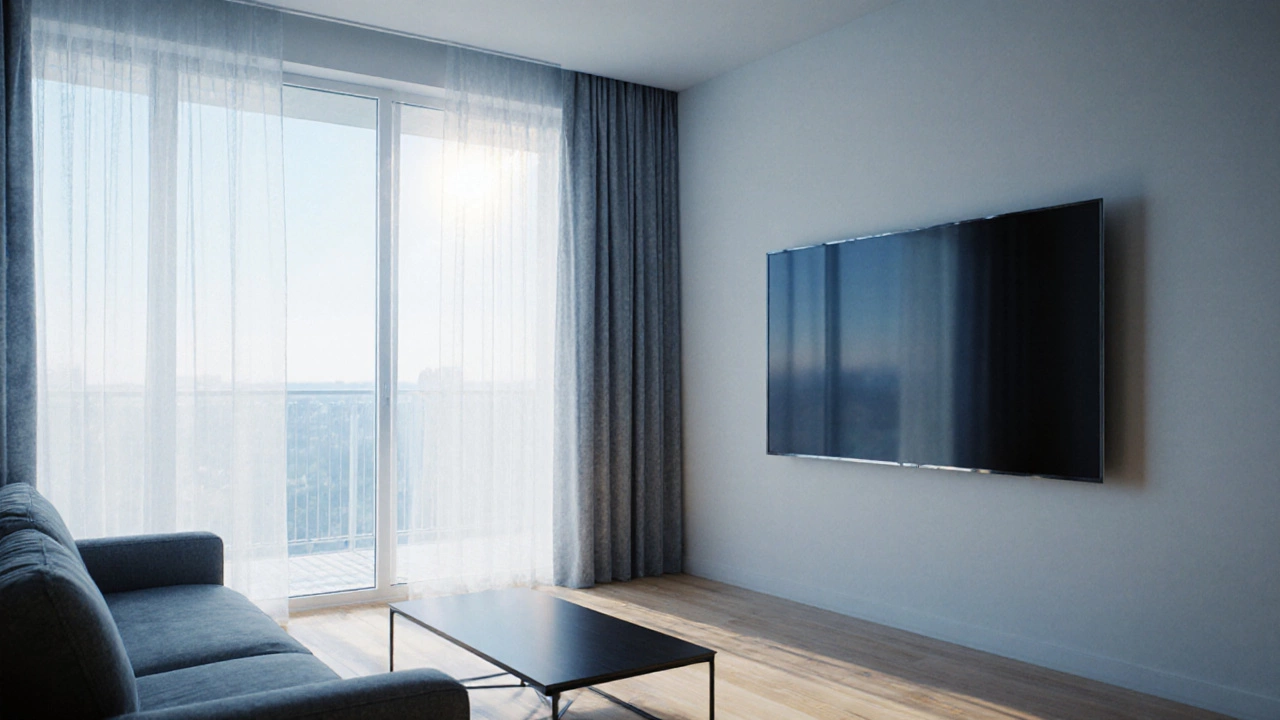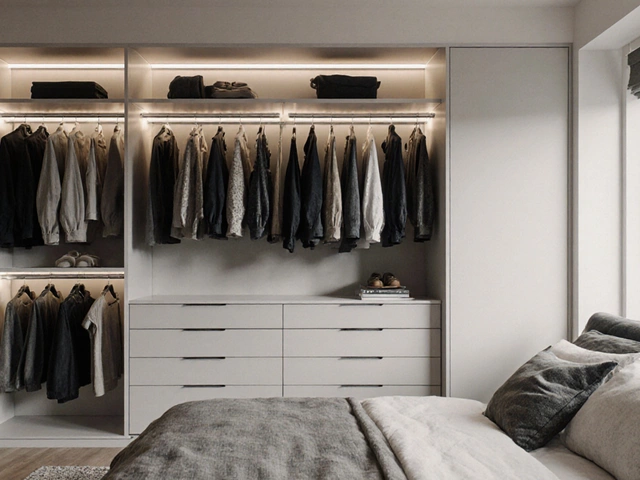TV Viewing Angle: How to Get the Best Picture and Comfort
When working with TV viewing angle, the position from which you watch a television screen, measured in degrees from the screen’s center. Also known as optimal viewing position, it directly impacts picture clarity, color accuracy, and eye comfort. The angle matters because it determines how light from the panel reaches your eyes; too far off‑center and you’ll see washed‑out colors or reduced contrast.
Key Factors That Shape Your Ideal Angle
One of the biggest influences is screen size, the diagonal measurement of the display. Larger screens generally require a slightly wider angle to keep the whole picture in view without moving your head. Viewing distance, how far you sit from the TV is tightly linked: the recommended distance is roughly 1.5‑2.5 times the screen’s diagonal, and that distance helps set the sweet spot for the angle. Room lighting, the amount and direction of ambient light interacts with the angle by creating glare or reflections if the light hits the screen from the side. Finally, ergonomics, the posture and comfort of the viewer dictate whether you need to tilt the TV or adjust seating height to keep your neck in a neutral position.
Putting these pieces together, you’ll find that a proper TV viewing angle reduces eye strain, improves overall picture perception, and makes binge‑watching feel effortless. Below you’ll discover practical tips, common mistakes to avoid, and step‑by‑step advice that helps you set up any room for the perfect viewing experience.
Where Not to Put a TV? Avoid These Common Placement Mistakes
Learn where NOT to install a TV, avoid glare, heat, humidity, and visual clutter, and get a practical checklist for perfect placement.
full article




